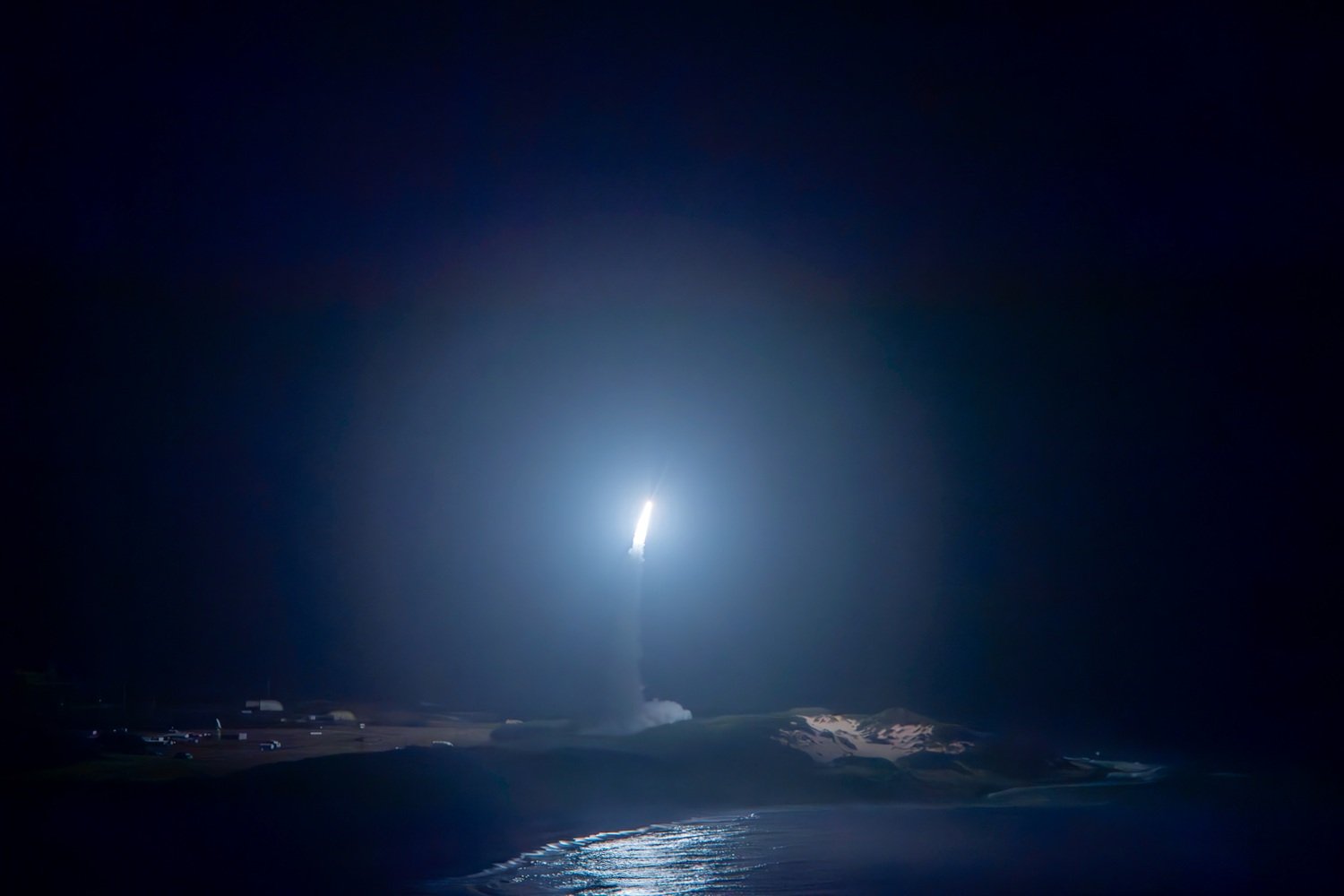September 11 had a profound impact on Stephen Beaton, leading him to join the military like many of his peers. However, his time at the U.S. Air Force Academy marked a significant turning point in his journey, where his studies in chemistry deepened his interest in liquid fuels.
Beaton’s passion for fuels was further fueled by the spike in oil prices following the 9/11 attacks. He became convinced that replacing fossil fuels was crucial for national security. This conviction drove him to pursue a PhD at Oxford and later return to the U.S. to work with the U.S. Air Force, where he led research projects, monitored the quality of the branch’s fossil fuels, and oversaw R&D investments in energy.
After leaving the military, Beaton sought to establish a company focused on creating liquid fuels. However, he soon realized that developing a fuel was not the most viable first product. “Fuel is a commodity,” he noted. “It’s very cheap. The fossil fuel industry has had 150 years to optimize for scale and cost.” Beaton believed that a more promising first product should be a high-margin luxury item, similar to the Tesla Roadster approach.
Beaton’s startup, Circularity Fuels, has successfully identified a market for lab-grown diamonds. Diamonds are pure carbon, and the chemical process used to create them requires methane that is almost entirely free of impurities. This methane can sell for anywhere from $40,000 to $80,000 per ton, making it a lucrative market.
Circularity produces methane by combining hydrogen with carbon from CO2. While this idea is not novel, the company’s approach is unique. Several other companies, such as Plenty and Aether Fuels, are also attempting to transform captured carbon dioxide into fuel. However, their processes are often too expensive to compete with fossil fuels on price.
Beaton acknowledges that Circularity cannot currently compete with most fossil fuels. However, if the company can scale its unique reactor, he believes it has a chance in the near future. The startup’s secret lies in a special catalyst that is more selective, allowing it to produce more of the target molecule, methane, and less of the unwanted byproducts.
The reactor designed by Circularity can capture carbon and produce methane without the need for separate vessels. It can also heat up quickly, allowing the catalyst to reach peak efficiency faster, and reuses waste heat from the reaction to power the carbon capture equipment. This process uses 40% less energy than competing CO2-to-fuel pathways.
As a result, Circularity can produce 99.9999% pure methane at pilot scale cheaper than from fossil fuels, even at current hydrogen prices of $5,000 to $7,000 per ton. Beaton claims that the company is already profitable.
Beaton envisions taking the same concepts and scaling them up for methane, natural gas, synthetic natural gas, and other products. The company aims to drive the price of e-fuels down to the point where they can steal market share from fossil fuels.
The reactor is designed to be modular, allowing methane and e-fuel to be produced wherever it’s needed, saving on transportation costs and reducing greenhouse gas emissions from leaky infrastructure. This is part of what drove the DCVC investment, partner Zack Bogue told TechCrunch. “The current way of extracting and transporting natural gas is so leaky that we’re actually better off burning coal,” he said.
Circularity was recently announced as an ARPA-E awardee, and the company is currently going through final contract negotiations. The company was incubated at DCVC, where Beaton is an entrepreneur-in-residence, and the firm provided pre-seed funding. Between ARPA-E and grants from the California Energy Commission, the National Science Foundation, and Stanford TomKat Center for Sustainable Energy, the company has received $4.9 million in grants and awards.
Source Link





